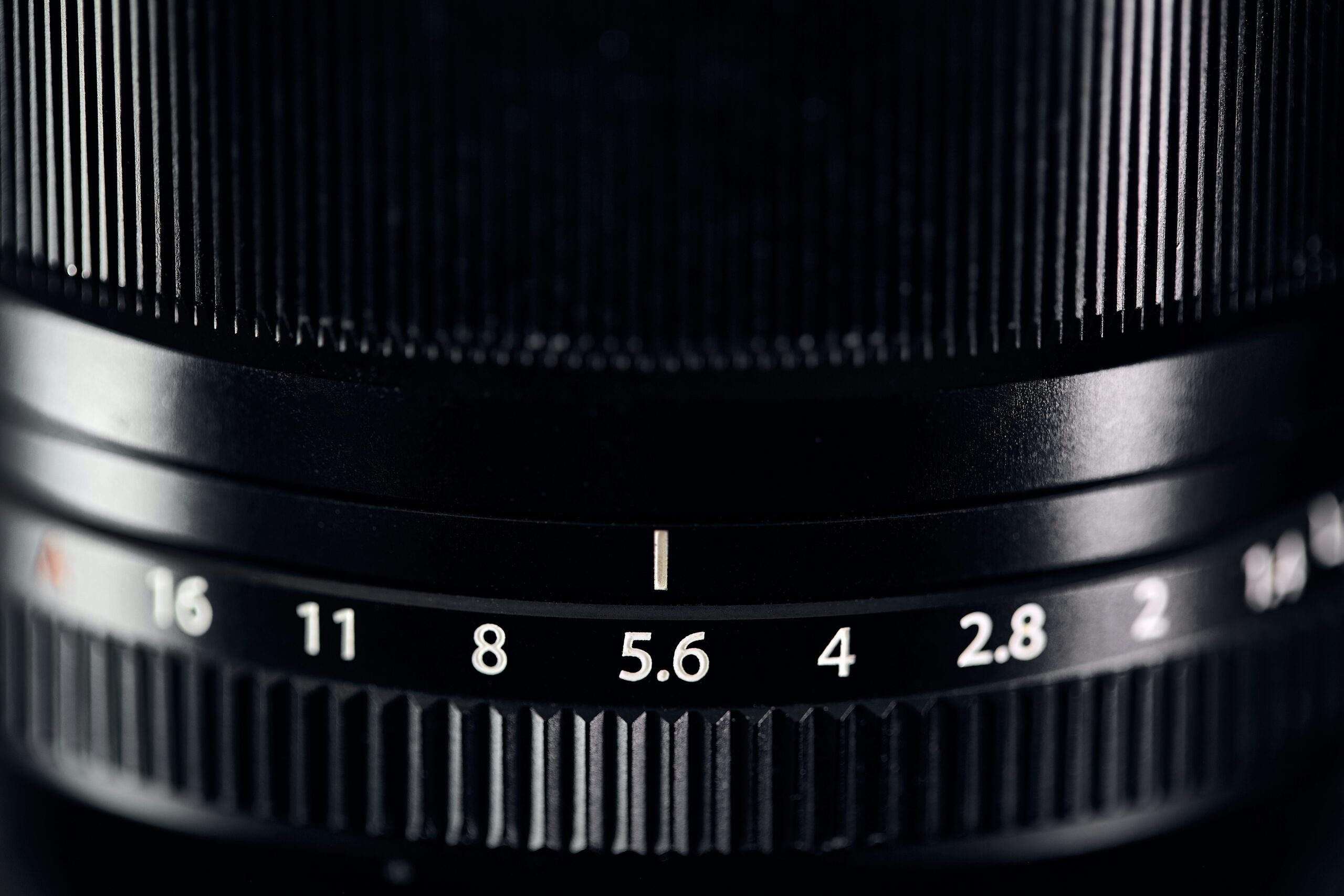Aperture is one of the most crucial aspects of photography, and mastering it can dramatically improve your images. Whether you’re a beginner or a seasoned photographer, understanding how to control and utilize your lens’ aperture can take your photography to new heights. In this blog post, we’ll explore what aperture is, how it affects your photos, and tips on using it to enhance your photography.
What is aperture?
Aperture refers to the opening in a lens through which light passes to enter the camera. It’s measured in f-stops (e.g., f/2.8, f/4, f/5.6, etc.). The f-stop value is a ratio of the lens’s focal length to the diameter of the aperture opening. A lower f-stop value (e.g., f/1.8) means a larger aperture, which allows more light to enter. Conversely, a higher f-stop value (e.g., f/16) means a smaller aperture, allowing less light to enter.
Key aspects of aperture:
- Brightness of exposure: The aperture size influences the brightness of the image. A larger aperture (lower f-stop) lets in more light, resulting in a brighter image.
- Depth of field: Aperture controls the depth of field, which is the range of distance within the subject that appears acceptably sharp.
- Bokeh: The aesthetic quality of the out-of-focus areas in an image, often used to highlight the subject by creating a pleasing background blur.
How aperture affects your photos
1. Exposure
The aperture is one of the three pillars of exposure, along with shutter speed and ISO. Adjusting the aperture affects the amount of light that reaches the camera sensor:
- Wide aperture (Low f-stop): More light enters, resulting in a brighter image. Ideal for low-light conditions and achieving a shallow depth of field.
- Narrow aperture (High f-stop): Less light enters, resulting in a darker image. Useful in bright conditions and for achieving a deep depth of field.
2. Depth of field
Depth of field (DoF) is the zone of sharpness in your image:
- Shallow depth of field (Wide Aperture): Only a small part of the image is in focus, making it ideal for portraits where you want to isolate the subject from the background.
- Deep depth of field (Narrow Aperture): A larger part of the image is in focus, making it suitable for landscapes where you want everything from the foreground to the background to be sharp.
3. Bokeh
Bokeh refers to the quality of the out-of-focus areas in an image:
- Wide aperture: Creates a soft, pleasing blur, enhancing the subject by providing a contrast between the sharp focus and the blurred background.
- Narrow aperture: Less pronounced bokeh, as more of the image is in focus.
Tips for using aperture to enhance your photography
1. Portraits
- Wide aperture (f/1.8 – f/2.8): Use a wide aperture to achieve a shallow depth of field, which helps in blurring the background and making your subject stand out. This also creates beautiful bokeh, adding a professional touch to your portraits.
2. Landscapes
- Narrow aperture (f/8 – f/16): Use a narrow aperture to ensure a deep depth of field, keeping both the foreground and background in sharp focus. This is essential for capturing the details in expansive landscapes.
3. Macro photography
- Wide aperture (f/2.8 – f/5.6): When shooting macro, a wide aperture helps to isolate the tiny subject from its background. However, balance it to maintain sufficient depth of field for the subject’s details to be sharp.
4. Low-light conditions
- Wide Aperture (f/1.4 – f/2.8): In low-light situations, a wide aperture allows more light to enter the lens, helping to maintain a faster shutter speed and lower ISO for better image quality.
5. Creative effects
- Experiment with different apertures: Don’t be afraid to play with aperture settings to create unique effects. A very narrow aperture (f/22) can create starburst effects from light sources, while a wide aperture can produce dramatic, dreamy backgrounds.
Conclusion
Mastering your lens’ aperture opens up a world of creative possibilities in photography. By understanding how aperture affects exposure, depth of field, and bokeh, you can make more informed decisions and achieve the desired impact in your images. Whether you’re aiming for the soft, blurred backgrounds of a portrait or the sharp, detailed expanses of a landscape, controlling your aperture is key to elevating your photography to new heights.
So, next time you’re out with your camera, take a moment to experiment with your aperture settings and discover the transformative power it holds. Happy shooting!
Written by AI
Photo by Agê Barros on Unsplash



